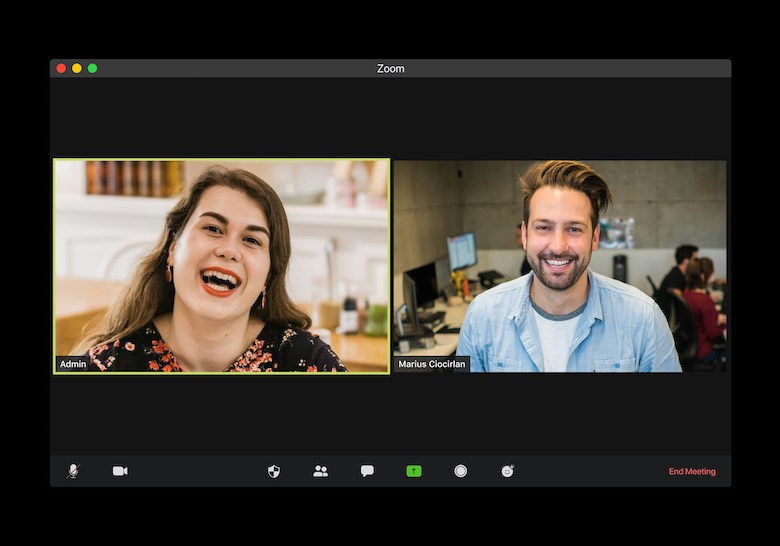
The process of candidate screening is a crucial component in recruitment, encompassing the evaluation of job applications to pinpoint the most suitable applicants. This procedure often involves stages such as scrutinizing resumes, conducting telephone interviews, administering skills tests, and other evaluations to ascertain an appropriate match for both the role and the company. The aim is to sift through a vast quantity of resumes effectively, distinguishing top-tier candidates while promoting diversity within the applicant pool. The incorporation of technology like applicant tracking systems and AI-powered resume evaluation has seen a rise in popularity due to its ability to simplify and mechanize the screening process. By adhering to a well-structured screening procedure, hiring professionals can detect the most fitting candidates and enhance their recruitment success rates.
Evaluating Candidates - Practical Applications
The evaluation of potential candidates is a vital step in the hiring process, aimed at efficiently pinpointing the most suitable applicants. A variety of strategies and tools are utilized to optimize this procedure. Here are some noteworthy findings from our research:
-
Conventional Evaluation Techniques:
- CVs and Cover Letters: The practice of evaluating candidates based on their CVs and cover letters is widespread, providing an initial gauge of their qualifications and past experience.
- Interviews: Conducting face-to-face or virtual interviews enables recruiters to evaluate the abilities, characteristics, and fit of candidates for a specific role.
- Background Verifications: It’s critical to perform background verifications and reference checks prior to finalizing any employment decision.
-
Artificial Intelligence in Candidate Evaluation:
- AI Solutions: AI-powered platforms leverage machine learning algorithms to align candidates with job vacancies, thereby improving the recruitment workflow.
- Advantages of AI: AI transforms talent discovery and hiring procedures by offering efficiency, fairness, and cost-effectiveness.
-
Mass Recruitment:
- Obstacles: Mass recruitment often encounters problems due to outdated candidate evaluation techniques and technological infrastructures, necessitating a transition towards more efficient screening methods.
- Automation: Transitioning towards automated pre-hire assessments can greatly enhance evaluation efficiency as well as the quality of selected candidates.
-
Evaluation Strategies:
- Exclusion vs. Inclusion Screening:
- Exclusion Screening: This involves discarding applicants who fail to meet certain requirements, which may reduce the pool of capable candidates.
- Inclusion Screening: This broader approach takes into account diverse experiences and backgrounds in order to uncover potentially overlooked high-quality candidates.
- Exclusion vs. Inclusion Screening:
To sum up, effective candidate evaluation combines traditional techniques such as reviewing resumes and conducting interviews with the use of AI tools for improved precision and speed in identifying the best talent. Implementing modern evaluation strategies that align with an organization’s specific requirements can result in successful recruitment while ensuring a positive experience for candidates.

